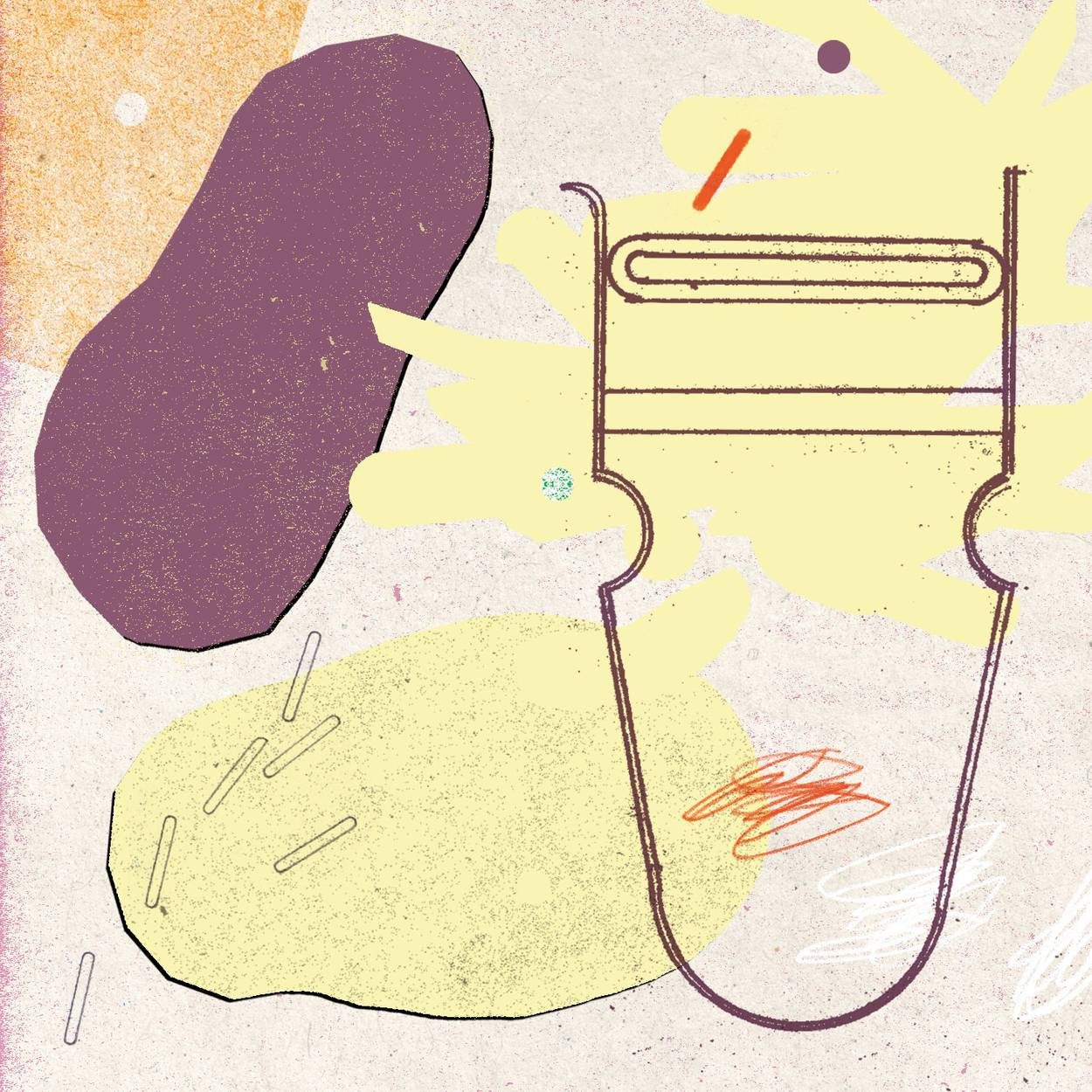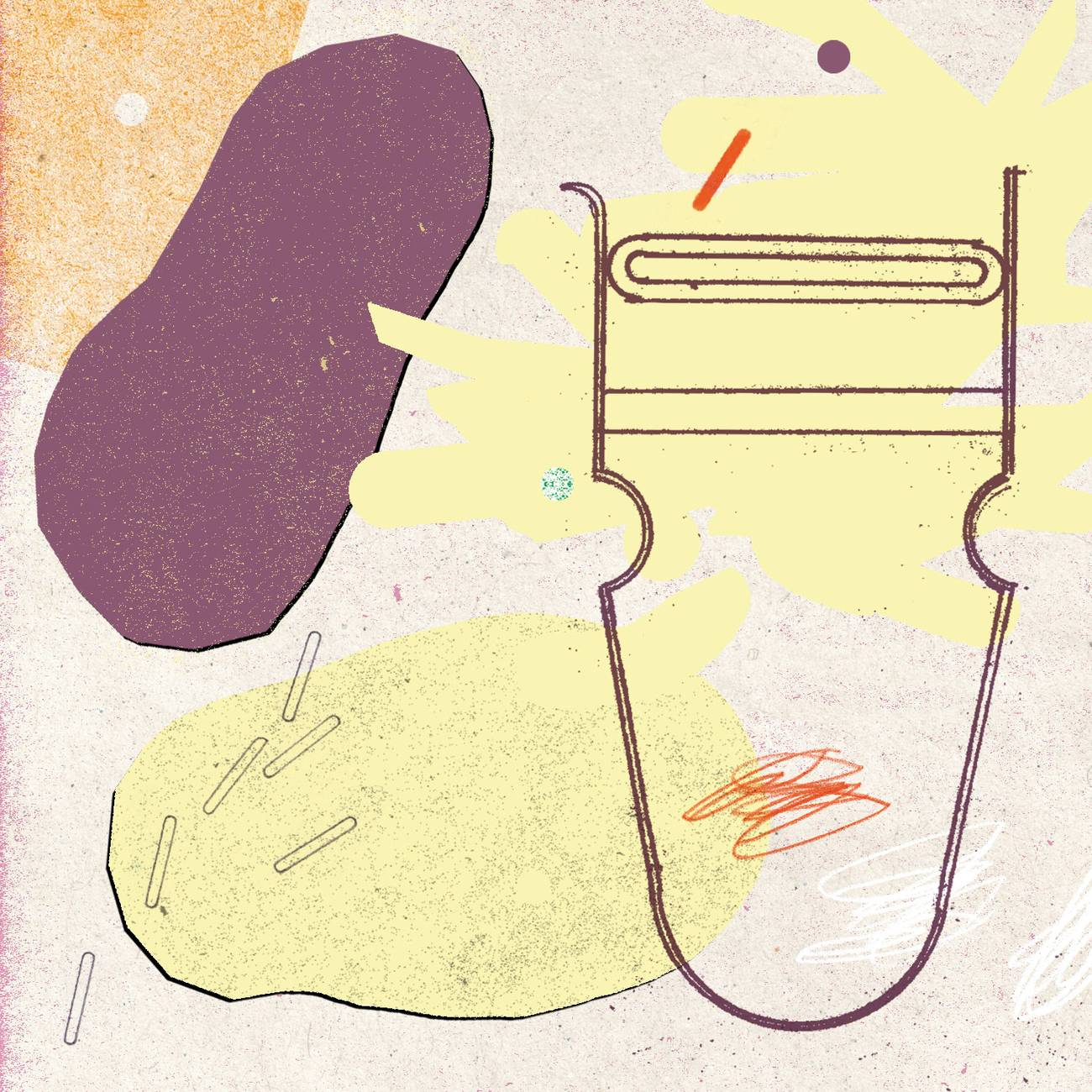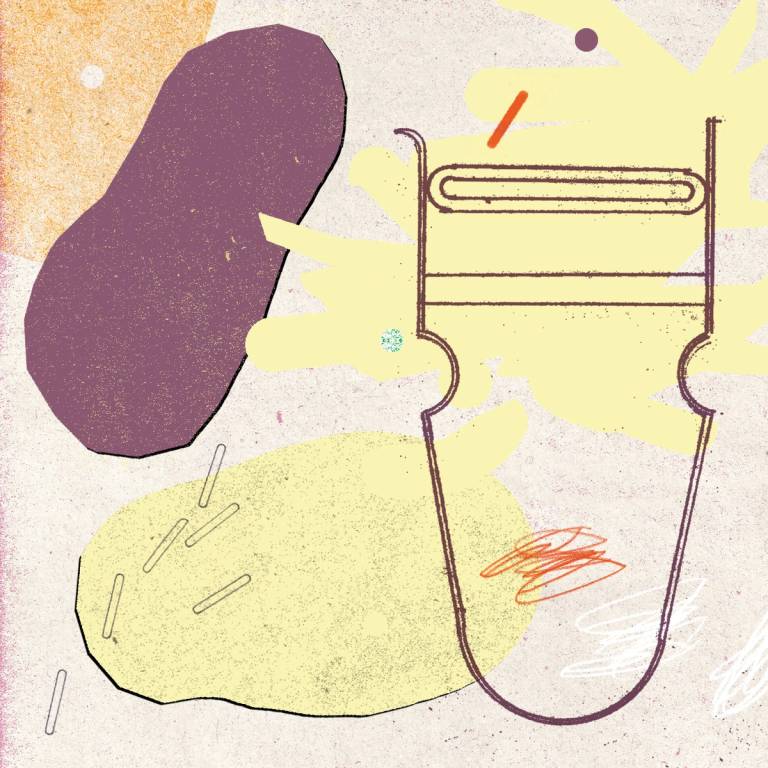The potato is one of the most loved vegetables in the Ashkenazi kitchen, but before the first half of the 18th century it was little known to Jews.
Originally from South America, the potato was first cultivated in Bolivia and southern Peru between 7,000 and 10,000 years ago. It was “discovered” in the 16th century by the conquistadors, who then introduced it to Spain. They named it patata, which derives from the Inca words batata and papas. Shortly thereafter, it was brought to France, where it was called pommes de terre (apple of the earth) and then to Germany where it was thought to resemble the truffle (called taratufli in Latin), hence its German name kartoffel, the Yiddish kartoffl, and the Slavic kartoschke.
In Europe, the potato was initially grown mainly as a decorative plant, because of its flowers. Then it was used as animal feed and deemed not fit for human consumption. Like other members of the nightshade family, such as the tomato and the eggplant, the potato was considered poisonous and a source of leprosy, but after a famine in northern France toward the end of the 18th century, it was adopted as a staple food. This was mainly due to Antoine-Augustin Parmentier, a pharmacist and agronomist, who was taken prisoner by the Prussians during the Seven Years’ War and forced to eat a diet of potatoes while in captivity. Realizing that he had neither caught leprosy nor been poisoned, he recommended the use of potatoes as a food to stave off the famine in northern France. The potato had several advantages: It was cheap, it did not spoil easily, and it satiated hunger. Potato flour could also be used instead of wheat flour to make bread.
The potato did not catch on in Eastern Europe until a series of crop failures in the 19th century forced governments to authorize peasants to plant potatoes in their backyards, which quickly led to them taking the place of buckwheat and legumes. The Germans began using potatoes to make all kinds of dishes especially dumpling soups, salads, pancakes, and bread, although the upper classes still held the potato in disdain—treating it as “poor man’s food.” Potatoes became an inexpensive and easy way to feed an expanding Jewish population. Many Jewish families had a small plot of land where they could grow root vegetables, especially potatoes, carrots, onions, and turnips, which they stored in cellars over the winter. Poor families often ate potatoes three times a day—for breakfast, lunch, and dinner. New dishes were created, like patatonik (a kind of potato bread), knishes, kugels, kneidlach (dumplings), and cholent. Borscht served with mashed potatoes was often prepared for the Sabbath. Latkes became the quintessential Hanukkah dish. Many Ashkenazi households served potatoes as the karpas for the Passover Seder.
Today the potato is the third-most important food crop in the world, after rice and wheat. There are more than 5,000 varieties that basically fall into three categories: waxy, floury, and all-purpose potatoes. Waxy potatoes, like red bliss, red Adirondack, French fingerlings, and baby potatoes, contain less starch and more moisture than floury potatoes and have a slightly sweeter flavor. They hold their shape well during cooking, so are well-suited for potato salads, hasselback potatoes, casseroles, or for steaming, roasting, slicing. Floury potatoes, on the other hand, have a low moisture content and smooth texture that tends to be fluffy and absorbent, which makes them ideal for mashing, baking, or making french fries and croquettes. Their high starch content makes them less suitable for making soups, stews, and gratins as they tend to fall apart easily when simmered in liquid. Russet, Idaho, desiree, King Edward, and most sweet potatoes fall into this category. All-purpose potatoes, like Yukon Gold, white, and purple potatoes, fall somewhere between the two. They have a moderate starch content with a versatile texture that is especially good for roasting, pan-frying, soups, and stews. They can be used for baking, mashing, and deep-frying, but will not have as fluffy a texture as floury potatoes.
The best way to store potatoes is in a paper bag or on a sheet of newspaper in a cool, dark place, such as a cupboard, cellar, or garden shed, but not in the fridge. Exposure to moisture or light can cause them to rot or turn green, so they should not be washed before storing. They need to be well-ventilated, so do not put them in an airtight container. Always store them away from onions, garlic, or fruit, as the ethylene gas given off by fruit can cause potatoes to sprout.
Potatoes are an excellent source of fiber, vitamins, and minerals, especially vitamin C, vitamin B6, and potassium. They are rich in antioxidants such as flavonoids and carotenoids, which are anti-inflammatory and help prevent damage from free-radicals and reduce the risk of heart disease, diabetes, and cancer. Potatoes are also beneficial to the health of your gut, which will help improve digestion and boost your immune system. Potatoes are also very filling, so as long as you don’t add too much fat in cooking, they may even help you lose weight.
Paola Gavin is a food writer and author of four vegetarian cookbooks including Hazana: Jewish Vegetarian Cooking. Follow her on Instagram @paolagavin and on Twitter @paolagavinfood.


